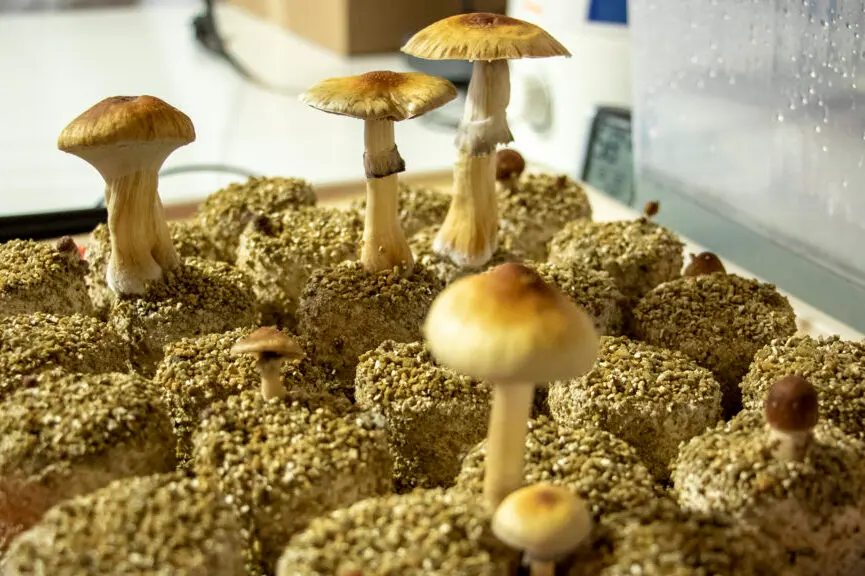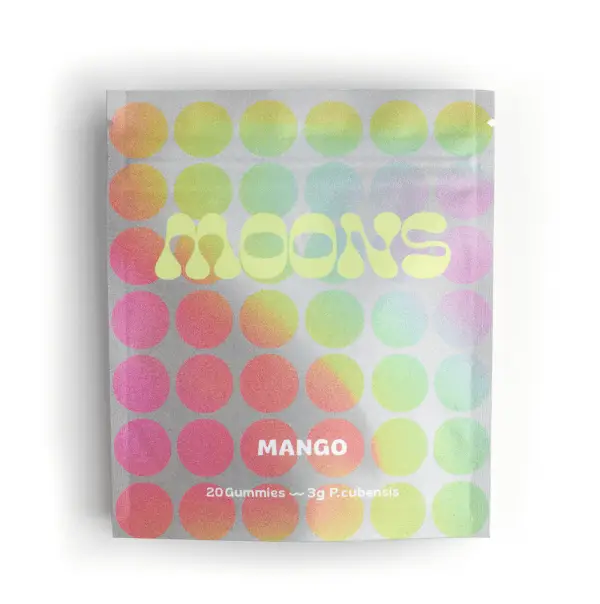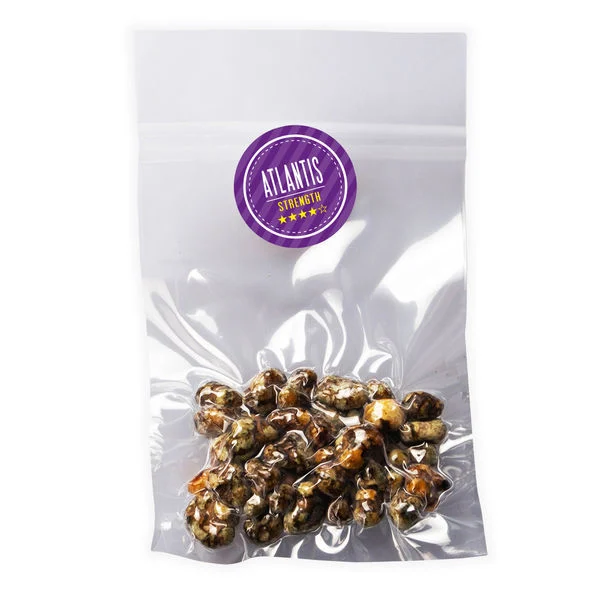Magic Mushroom Cultivation, Magic mushroom cultivation has gained increasing attention in recent years due to the rising interest in natural psychedelics and the growing body of research supporting their potential therapeutic benefits. For those curious about growing these fascinating fungi, understanding the basics of magic mushroom cultivation is essential to ensure safety, legality, and successful yields.
What Are Magic Mushrooms?
Magic mushrooms are a group of fungi that contain the psychoactive compounds psilocybin and psilocin. These substances produce hallucinogenic effects when ingested, altering perception, mood, and cognition. The most well-known species include Psilocybe cubensis, Psilocybe semilanceata, and Psilocybe cyanescens.
Is Magic Mushroom Cultivation Legal?
Before beginning any cultivation process, it is crucial to research and understand the legal status of magic mushrooms in your region. In many countries, the cultivation, possession, or use of psilocybin mushrooms is strictly prohibited and can result in severe legal consequences. However, some places like the Netherlands, Jamaica, and certain U.S. cities have decriminalized or legalized them for personal or therapeutic use.
The Basics of Magic Mushroom Cultivation
Magic mushroom cultivation typically involves several key steps:
1. Choosing the Right Mushroom Species
Psilocybe cubensis is the most popular species among home cultivators due to its relatively simple growth requirements and robust nature.
2. Obtaining Spores
Mushroom spores can be purchased from specialized vendors where legal. Spores are usually sold in spore syringes or prints and do not contain psilocybin, making them legal in some areas even if the mushrooms themselves are not.
3. Preparing the Substrate
The substrate provides the nutrients necessary for mushroom growth. A common recipe for Psilocybe cubensis includes brown rice flour, vermiculite, and water. This mix is loaded into jars, sterilized to prevent contamination, and inoculated with spores.
4. Colonization
Once inoculated, jars are stored in a warm, dark place for several weeks to allow the mycelium (the root-like structure of fungi) to colonize the substrate fully.
5. Fruiting
After colonization, the mycelium is transferred to a fruiting chamber with high humidity and indirect light. With proper care, mushrooms begin to form and grow over the next few days to weeks.
6. Harvesting and Drying
Mushrooms are harvested just before the veil under the cap breaks. They should then be dried completely to preserve potency and prevent spoilage.
Tips for Successful Cultivation
- Maintain Sterility: Contamination is one of the most common causes of failure in magic mushroom cultivation. Always use clean equipment and sterile techniques.
- Monitor Temperature and Humidity: Most magic mushrooms thrive at temperatures around 75–80°F (24–27°C) and high humidity.
- Be Patient: Cultivation is a slow process, often taking several weeks from inoculation to harvest.
Conclusion
Magic mushroom cultivation can be a rewarding and educational experience for those interested in the biology of fungi and the potential therapeutic effects of psilocybin. However, it is essential to approach cultivation with responsibility, respect for local laws, and a commitment to safety. Whether for personal knowledge, scientific exploration, or future therapeutic use, understanding the process behind magic mushroom cultivation is the first step toward responsible and informed engagement with these powerful organisms.
You Might Also Like These:





